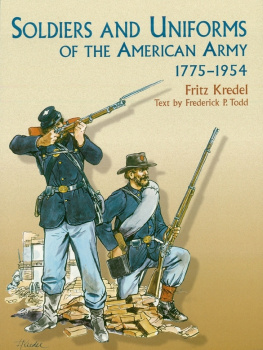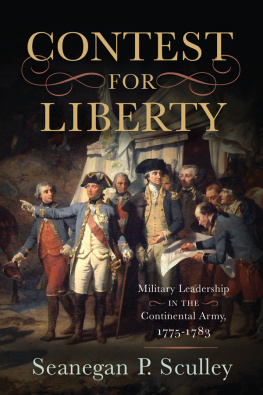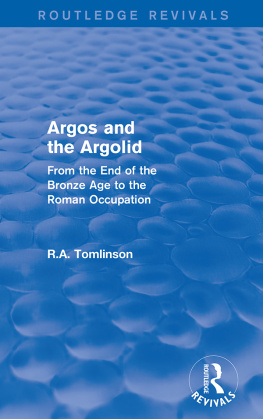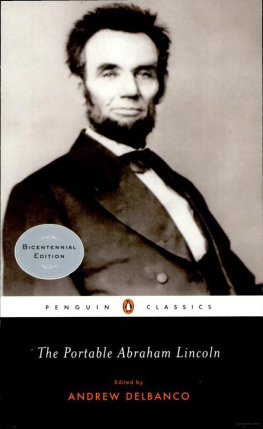POUGHKEEPSIE:
PUBLISHED BY ABRAHAM TOMLINSON,
AT THE MUSEUM.
1855.
Entered, according to Act of Congress, in the year 1854,
By ABRAHAM TOMLINSON,
in the Clerk's Office of the District Court of the United States,
in and for the Southern District of New York.
STEREOTYPED BY C. C. SAVAGE. C. A. ALVORD, PRINTER,
13 Chambers Street, N. Y. 29 Gold Street, N. Y.
ADVERTISEMENT.
Table of Contents
Having been, for several years, engaged in the establishment of a Museum in Poughkeepsie, I have, by extensive travel and research, and by the kindness of many of my fellow-citizens in Dutchess county and elsewhere, obtained numerous objects, not only curious in themselves, but valuable as materials for history. Among these are two manuscript Journals, kept by common soldiers, each during a single campaign, and written at periods seventeen years apart. One of these soldiers served in a campaign of the conflict known as the French and Indian War , which commenced a hundred years ago; the other soldier assisted in the siege of Boston, by the American army, in 1775 and 1776. Believing that a faithful transcript of those Journals, given verbatim et literatim, as recorded by the actors themselves, might have an interest for American readers, as exhibiting the every-day life of a common soldier in those wars which led to the founding of our republic, I have yielded to the solicitations of friends, and the dictates of my own judgment and feelings, and in the following pages present to the public faithful copies of those diaries.
Perceiving that much of the intrinsic value of these Journals would consist in a proper understanding of the historical facts to which allusions are made in them, I prevailed upon Mr. Lossing , the well-known author of the "Pictorial Field-Book of the Revolution" to illustrate and elucidate these diaries by explanatory notes. His name is a sufficient guaranty for their accuracy and general usefulness; and I flatter myself that this little volume will not only amuse, but edify, and that the useful objects aimed at in its publication will be fully attained. With this hope, it is submitted to my fellow-citizens.
Abraham Tomlinson .
Poughkeepsie Museum , December, 1854.
INTRODUCTORY REMARKS.
Table of Contents
The conflict known in America as the French and Indian War, and in Europe as the Seven Years' War, originated in disputes between the French and English colonists, in the New World, concerning territorial limits. For a century the colonies of the two nations had been gradually expanding and increasing in importance. The English, more than a million in number, occupied the seaboard from the Penobscot to the St. Mary's, a thousand miles in extent; all eastward of the great ranges of the Alleganies, and far northward toward the St. Lawrence. The French, not more than a hundred thousand strong, made settlements along the St. Lawrence, the shores of the great lakes, on the Mississippi and its tributaries, and upon the borders of the gulf of Mexico. They early founded Detroit, Kaskaskia, Vincennes, and New Orleans.
The English planted agricultural coloniesthe French were chiefly engaged in traffic with the Indians. This trade, and the operations of the Jesuit missionaries, who were usually the self-denying pioneers of commerce in its penetration of the wilderness, gave the French great influence over the tribes of a vast extent of country lying in the rear of the English settlements.
The ancient quarrel between the two nations, originating far back in the feudal ages, and kept alive by subsequent collisions, burned vigorously in the bosoms of the respective colonists in America, where it was continually fed by frequent hostilities on frontier ground. They had ever regarded each other with extreme jealousy, for the prize before them was supreme rule in the New World. The trading-posts and missionary-stations of the French, in the far Northwest, and in the bosom of the dark wilderness, several hundred miles distant from the most remote settlements on the English frontier, attracted very little attention until they formed a part of more extensive operations. But when, after the capture of Louisburg, by the English, in 1745, the French adopted vigorous measures for opposing the extension of British power in America; when they built strong vessels at the foot of Lake Ontariomade treaties of friendship with powerful Indian tribesstrengthened their fort at the mouth of the Niagara riverand erected a cordon of fortifications, more than sixty in number, between Montreal and New Orleansthe English were aroused to immediate and effective action in defence of the territorial limits given them in their ancient charters. By virtue of these, they claimed dominion westward to the Pacific ocean, south of the latitude of the north shore of Lake Erie; while the French claimed a title to all the territory watered by the Mississippi and its tributaries, under the more plausible plea that they had made the first explorations and settlements in that region. The claims of the real ownerthe Indianwere lost sight of in the discussion; and it was a significant question asked by an Indian messenger of the agent of the English Ohio Company: "Where is the Indian's land? The English claim it all on one side of the river, and the French on the other: where does the Indian's land lie?"
The territorial question was brought to an issue when, in 1753, a company of English traders and settlers commenced exploring the head-waters of the Ohio. The French opposed their operations by force. George Washington was sent by the Virginia authorities to remonstrate with the French. It was of no avail. The English determined to oppose force to force; and in the vicinity of the now-flourishing city of Pittsburg, in western Pennsylvania, the "French and Indian War" began. Provincial troops were raised, and armies came from England. Extensive campaigns were planned, and attempts were made to expel the French from Lake Champlain and the southern shore of Lake Ontario. Finally, in 1758, three armies were in motion at one time against French posts remote from each otherLouisburg, in the extreme east; Ticonderoga, on Lake Champlain; and Fort Du Quesne, where Pittsburg now stands. General Sir James Abercrombie commanded the expedition against Ticonderoga, accompanied by young Lord Howe as his lieutenant. The French were under the command of the marquis Montcalm, who was killed at Quebec the following year. The English and provincial troops rendezvoused at the head of Lake George, went down that sheet of water, attacked Ticonderoga, and were repulsed with great loss. It was this portion of that campaign in which the soldier served who kept the Journal given in the succeeding pages. It is a graphic outline picture, in few and simple words, of the daily life of a common soldier at that time.
During the campaign of 1759, Quebec was captured by the army under Wolfe; Lord Amherst, more successful than Abercrombie, drove the French from Lake Champlain; Sir William Johnson captured Fort Niagara; and all Canada was in virtual possession of the English, except Montreal. That fell early in the Autumn of 1760; and the struggle for supremacy in America, between the French and English, was ended for ever.










